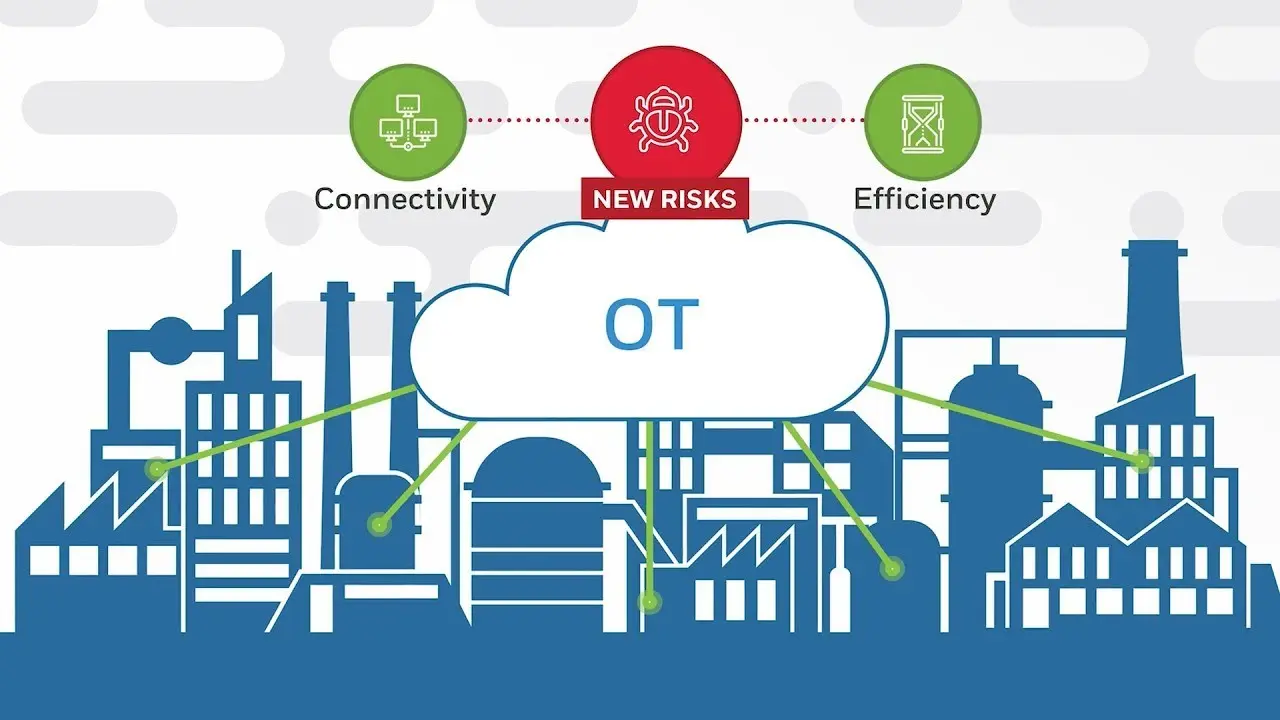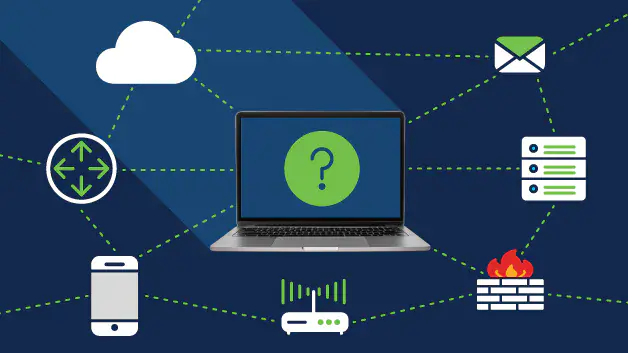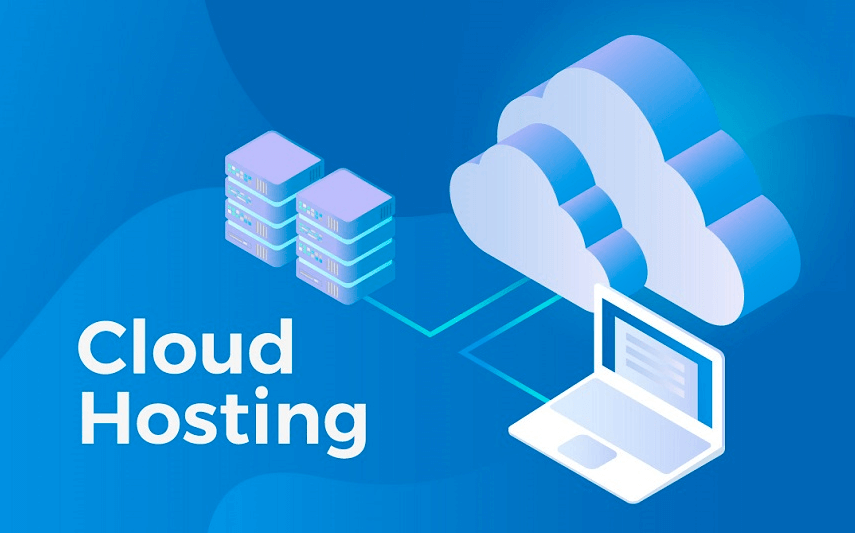Vulnerability Management in Cyber Security: Protecting Your Systems from Threats
Vulnerability management in cyber security is a critical process for identifying, assessing, and mitigating vulnerabilities in your organization's IT infrastructure. As cyber threats become more sophisticated, businesses must continuously monitor their systems for weaknesses that could be exploited by attackers. Effective vulnerability management not only helps protect sensitive data but also ensures the integrity of networks, applications, and critical systems. This article will explore the importance of vulnerability management, the key steps involved, and how organizations can develop a comprehensive strategy to manage vulnerabilities effectively.
What is Vulnerability Management in Cyber Security?
Vulnerability management refers to the systematic process of discovering, analyzing, prioritizing, and mitigating security vulnerabilities across an organization’s IT environment. This includes software, hardware, and network components that could be exploited by cybercriminals. Vulnerability management is an ongoing effort that requires regular assessments, updates, and patching to minimize the risk of attacks.
The key goals of vulnerability management include:
- Reducing Attack Surfaces: Identifying and addressing vulnerabilities that could be used to compromise systems.
- Mitigating Risk: Prioritizing vulnerabilities based on their potential impact to the business and applying the appropriate patches or fixes.
- Maintaining Compliance: Ensuring that the organization meets industry regulations and security standards, which often require proactive vulnerability management.
The Vulnerability Management Process
An effective vulnerability management program consists of several key steps. Each stage plays a critical role in ensuring that vulnerabilities are addressed in a timely and efficient manner.
| Step | Description | Key Actions |
|---|---|---|
| 1. Discovery | Identify vulnerabilities in systems, software, and networks. | Use automated tools and regular scans to identify potential weaknesses. |
| 2. Prioritization | Assess the severity and potential impact of vulnerabilities. | Categorize vulnerabilities based on risk (high, medium, low). |
| 3. Remediation | Apply fixes, patches, or workarounds to mitigate vulnerabilities. | Install patches, update configurations, or disable vulnerable features. |
| 4. Verification | Verify that vulnerabilities have been effectively mitigated. | Conduct retests and vulnerability scans to ensure systems are secure. |
| 5. Reporting and Documentation | Document vulnerabilities, mitigation efforts, and compliance status. | Maintain detailed records of vulnerabilities and actions taken. |
| 6. Continuous Monitoring | Continuously monitor systems for new vulnerabilities and threats. | Set up automated alerts and regular scans for real-time updates. |
Why Vulnerability Management is Crucial
Vulnerability management is essential for organizations of all sizes to prevent cyber attacks and protect sensitive data. Here are some key reasons why vulnerability management should be a top priority:
1. Prevention of Cyber Attacks
Addressing vulnerabilities before they are exploited helps prevent data breaches, ransomware attacks, and other forms of cybercrime.
2. Cost Savings
Mitigating vulnerabilities early can save organizations from expensive recovery efforts, fines, and reputational damage caused by security breaches.
3. Compliance with Regulations
Many industries have strict regulations (such as GDPR, HIPAA, and PCI DSS) that require organizations to have an effective vulnerability management program in place.
4. Improved System Reliability
By continuously patching and securing systems, organizations can enhance the overall reliability and performance of their IT infrastructure.
Common Vulnerabilities in Cyber Security
Understanding common vulnerabilities helps organizations focus their efforts on the most critical areas. Below are some of the most frequent vulnerabilities that businesses face:
| Vulnerability | Description | Impact |
|---|---|---|
| Outdated Software | Systems that run outdated versions of software are prone to known exploits. | Increased risk of cyber attacks through unpatched vulnerabilities. |
| Misconfigured Systems | Incorrectly configured firewalls, servers, or databases can provide unauthorized access. | Attackers can exploit misconfigurations to breach systems. |
| Unpatched Security Flaws | Failure to apply security patches leaves systems open to known exploits. | Cybercriminals can take advantage of unpatched vulnerabilities to infiltrate systems. |
| Weak Passwords | Using easily guessable or weak passwords can make systems vulnerable to brute force attacks. | Unauthorized access and data breaches due to weak authentication methods. |
| Unrestricted Access | Granting excessive privileges to users or services increases the risk of exploitation. | Attackers with elevated privileges can cause greater damage to systems. |
Tools for Effective Vulnerability Management
To successfully manage vulnerabilities, organizations need to use the right tools that can automate and streamline the process. Here are some commonly used tools in vulnerability management:
| Tool | Description | Benefits |
|---|---|---|
| Qualys | A cloud-based vulnerability management platform that helps organizations identify and address security issues. | Provides real-time vulnerability scanning and compliance reporting. |
| Nessus | A widely used vulnerability scanner for detecting security vulnerabilities. | Comprehensive vulnerability scanning with customizable reports. |
| OpenVAS | An open-source vulnerability scanner for detecting security flaws in network services. | Free, flexible, and community-supported tool for vulnerability management. |
| Rapid7 Nexpose | A vulnerability management tool designed to scan, prioritize, and fix vulnerabilities in real-time. | Provides risk assessments based on vulnerability severity and business impact. |
| Tenable.io | A cloud-based vulnerability management platform that offers continuous monitoring. | Real-time visibility into vulnerabilities across your IT environment. |
Conclusion: The Importance of Vulnerability Management in Cyber Security
Vulnerability management in cyber security is not a one-time effort but an ongoing process that helps protect businesses from evolving cyber threats. By proactively identifying and mitigating vulnerabilities, organizations can reduce their attack surface and minimize the risk of data breaches and system disruptions.
In today’s increasingly complex cyber threat landscape, a comprehensive vulnerability management program is essential for ensuring the security and compliance of your IT infrastructure. Regular scans, timely patches, and continuous monitoring will help you stay one step ahead of cybercriminals and keep your systems secure.
Explore

OT Cyber Security: Protecting Critical Infrastructure from Cyber Threats

Network Security Management: Protecting Your Network from Cyber Threats

Managed Security Services: Protecting Your Business from Cyber Threats

Sewage Damage Cleanup Services: The Key to Protecting Your Home from Health Hazards

Enterprise Password Manager: Enhance Security and Simplify Password Management

Guide To Finding The Right Warehouse Management Systems For Small Businesses

Best Cybercrime Degree Online 2025: Unlock Your Future in Digital Security

Cloud Hosting Showdown: Comparing the Best Providers for Speed, Security, and Scalability
